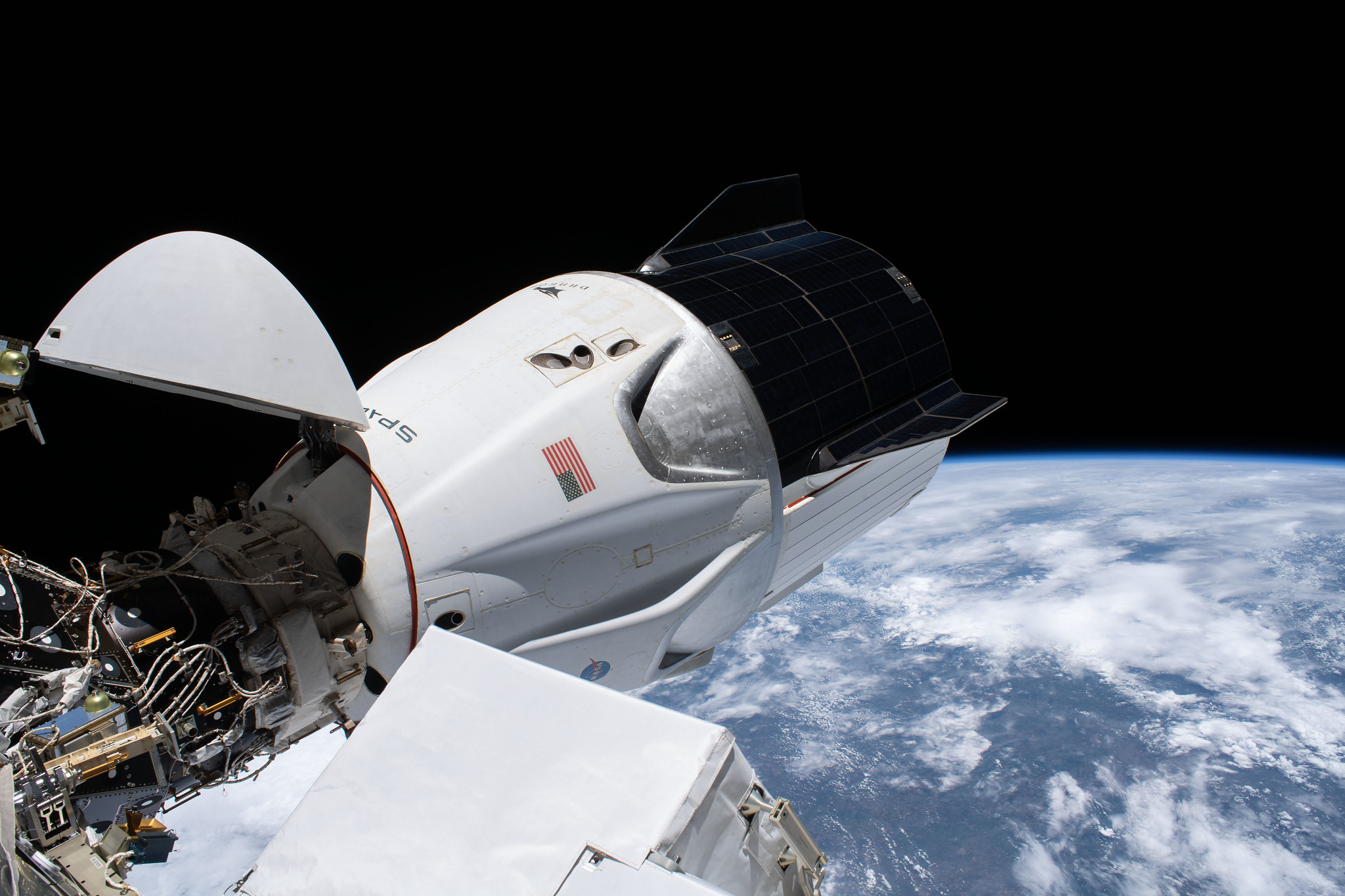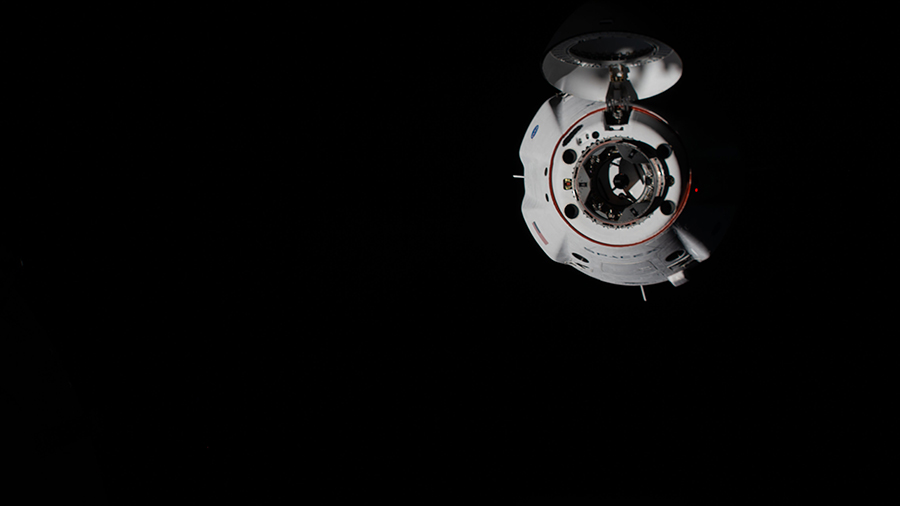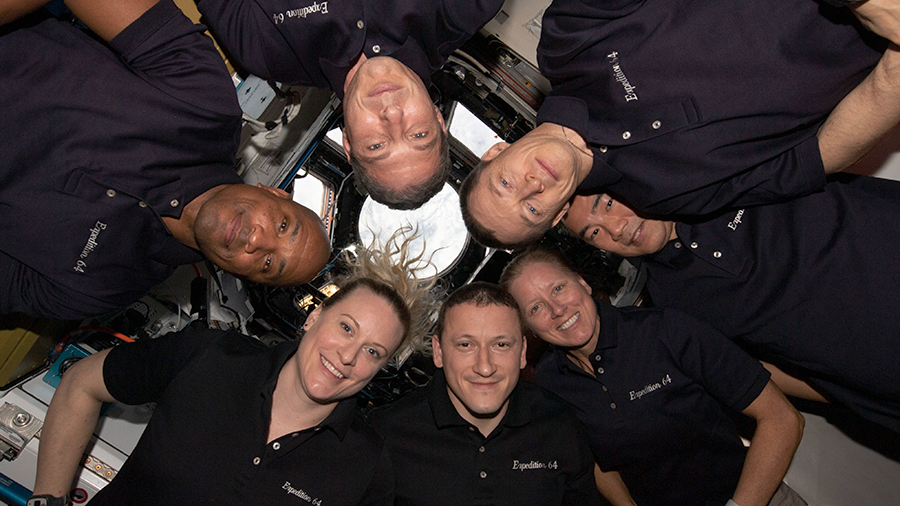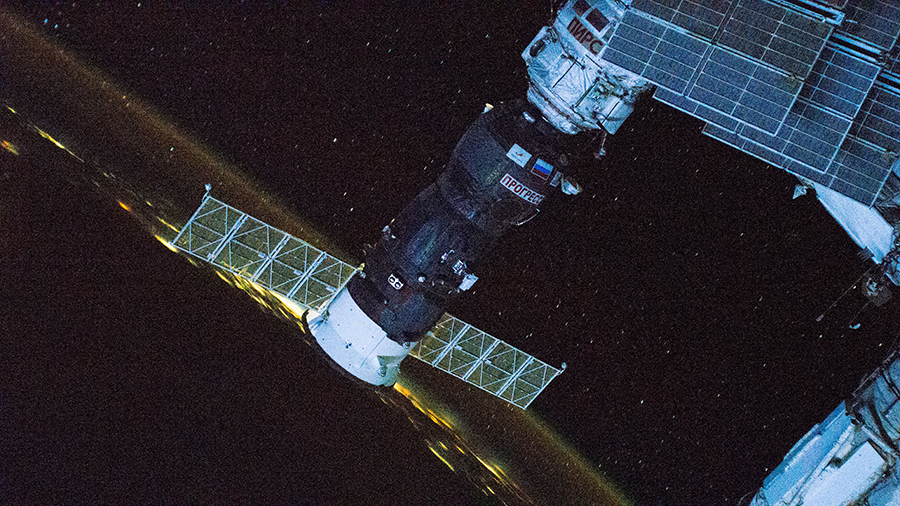NASA TV is Live for SpaceX Crew Ship Relocation

NASA Television, the NASA app, and the agency’s website are providing live coverage as four residents of the International Space Station prepare to take a spin around their orbital neighborhood in the Crew Dragon Resilience spacecraft, relocating it to prepare for the arrival of the next set of commercial crew astronauts and the delivery of new solar arrays this summer.
NASA astronauts Michael Hopkins, Victor Glover, and Shannon Walker, along with Japan Aerospace Exploration Agency (JAXA) astronaut Soichi Noguchi, are scheduled to undock Resilience from the forward port of the station’s Harmony module at 6:29 a.m. and dock to the space-facing (zenith) port at 7:15 a.m.
The relocation will free Harmony’s forward port for the docking of Crew Dragon Endeavour, set to carry four crew members to the station on NASA’s SpaceX Crew-2 mission. NASA astronauts Shane Kimbrough and Megan McArthur, JAXA astronaut Aki Hoshide, and ESA (European Space Agency) astronaut Thomas Pesquet are scheduled to launch to the station Thursday, April 22, from Launch Complex 39A at NASA’s Kennedy Space Center in Florida.
This is the start of a process that will enable extraction of new solar arrays from the SpaceX CRS-22 cargo mission’s trunk when it arrives to dock at the Node 2 zenith port following Crew-1 departure.
This will be the first port relocation of a Crew Dragon spacecraft, and another first for commercial spaceflight. NASA’s SpaceX Crew-1 mission lifted off Nov. 15, 2020, and docked to the space station Nov. 16.
Mark Garcia
Powered by WPeMatico







